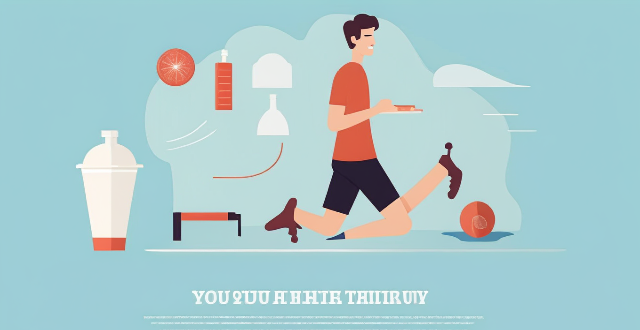If you think you have a sports injury, immediatelyIf you think you have a sports injury, immediately pain level, swelling, de Take pain relievers as needed and seek medical attention if symptoms persist or worsen. Follow rehabilitation exercises and protocols to regain strength and flexibility, and take preventative measures to avoid future injuries.

What should I do if I think I have a sports injury?
If you suspect that you have sustained a sports injury, it's crucial to take immediate action to prevent further damage and promote healing. Here's a step-by-step guide on what you should do:
1. Stop Activity
Immediately cease the activity that caused the injury. Continuing to play or exercise can exacerbate the damage.
2. Assess the Injury
- Pain Level: Rate your pain on a scale of 1 to 10. If it's above a 4, consider seeking medical attention.
- Swelling: Look for signs of swelling around the injured area.
- Deformity: Check for any visible abnormalities in the shape of the bone or joint.
- Bruising: Note the presence and extent of bruising.
- Inability to Bear Weight: If you cannot put weight on the injured body part, it may indicate a severe injury.
3. Apply Ice
Apply an ice pack to the affected area for 20 minutes every hour to reduce swelling and pain. Remember not to apply ice directly to the skin; wrap it in a cloth or towel.
4. Compression
Wrap the injured area with an elastic bandage to help minimize swelling but be careful not to restrict blood flow.
5. Elevation
Raise the injured body part above your heart level to reduce swelling. Use pillows or padding to support the limb comfortably.
6. Take Pain Relievers
Over-the-counter pain relievers like ibuprofen or acetaminophen can help manage discomfort. Follow the instructions carefully and avoid taking more than recommended.
7. Seek Medical Attention
- Minor Injuries: For minor sprains and strains, rest and home treatment may suffice. However, if symptoms persist or worsen after a few days, consult a healthcare professional.
- Major Injuries: Signs like severe pain, significant swelling, deformity, or inability to use the injured body part require immediate medical evaluation.
8. Rehabilitation
Once cleared by a healthcare provider, follow their advice for rehabilitation exercises and protocols to regain strength and flexibility.
9. Prevention
To avoid future injuries:
- Warm up before physical activities.
- Wear appropriate protective gear.
- Maintain proper form and technique during sports activities.
- Strengthen muscles surrounding the injured area through targeted exercises.
Remember, self-diagnosis and treatment can sometimes do more harm than good. When in doubt, always seek professional medical advice.